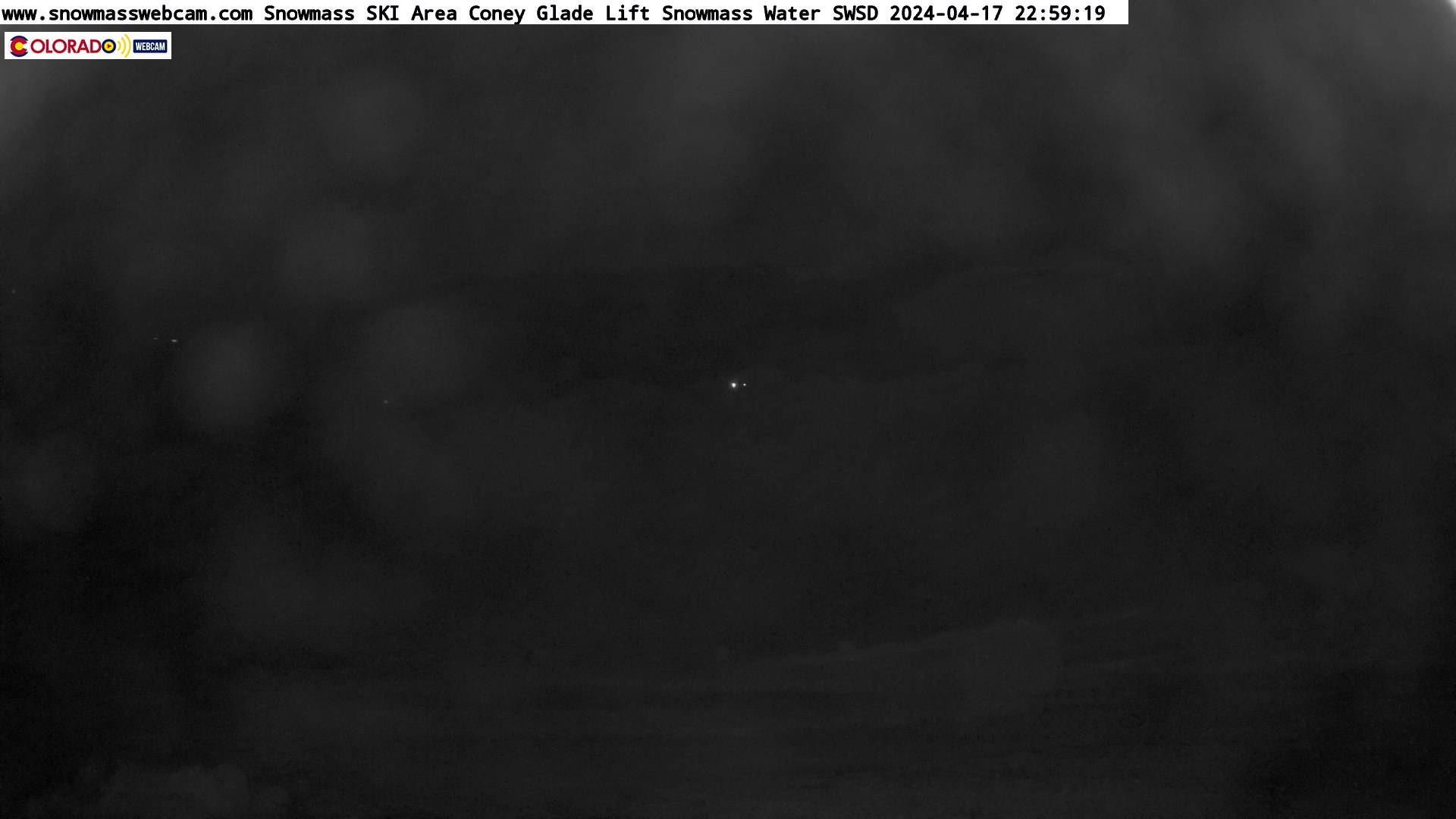Snowmass, Colorado Weather Cams
Snowmass Village Ski Hill Colorado (via Coloradowebcam.net)

Snowmass Village Express Lift (via Coloradowebcam.net)

Sam’s Knob
Elk Camp Summit
Snowmass: A Mountain Vision Realized — The History of Colorado’s Iconic Ski Resort and Its Environs
Snowmass, Colorado Weather Cams. Tucked into the Brush Creek Valley just nine miles from Aspen, Snowmass is one of Colorado’s most expansive and storied ski resorts. With its sweeping terrain, European-inspired village, and deep ties to the evolution of skiing in the American West, Snowmass is more than a winter playground—it’s a testament to vision, perseverance, and the enduring allure of the mountains.
Before the Resort: Ute Lands and Ranching Roots
Long before skiers carved turns down its slopes, the Snowmass area was part of the summer hunting and gathering grounds of the Ute people. The valley’s abundant wildlife and alpine meadows made it a seasonal refuge. The mountain now known as Snowmass was originally called “Cold Woman” by the Utes, referencing its cloud-shrouded summit and unpredictable weather.
In the late 19th century, settlers arrived, establishing sheep and cattle ranches. The Hoaglund family built what would become the Anderson Ranch in the early 1900s, a working ranch that later evolved into the Anderson Ranch Arts Center, a cultural cornerstone of the community.
The Vision Takes Shape: Janss and the Birth of Snowmass
The idea of developing Snowmass as a ski resort began in earnest in the 1950s. Former Olympic ski racer and real estate developer Bill Janss, inspired by European ski villages, began acquiring land in the Brush Creek Valley in 1958. He was tipped off by a local ski instructor who believed the terrain of Baldy and Burnt Mountains was ideal for skiing.
Janss partnered with the Aspen Skiing Corporation (ASC), and after years of planning, land acquisition, and Forest Service negotiations, Snowmass-at-Aspen officially opened on December 16, 1967. The resort debuted with five chairlifts, 50 miles of trails, and a European-style village designed by architect Fritz Benedict, a student of Frank Lloyd Wright.
Lift tickets were $6.50, and rooms in the seven slopeside lodges started at $20. The opening weekend was a media spectacle, with journalists from across the country descending on the new resort.
Building a Mountain Legacy: Terrain and Expansion
From the outset, Snowmass distinguished itself with its sheer size and variety. The Big Burn, Sam’s Knob, and Campground areas offered wide-open cruising terrain, while Hanging Valley and the Cirque added steeps and powder fields for advanced skiers. Over time, the resort added terrain parks, high-speed lifts, and the Elk Camp Gondola, transforming it into a modern ski destination.
In 1997, the Cirque lift opened, reaching an elevation of 12,510 feet and offering the highest lift-served terrain in North America at the time. The lift was also the first in the country to be powered entirely by renewable wind energy.
The Village and Community: From Mall to Base Village
Snowmass Village was designed to emulate the charm and walkability of European ski towns. The original Snowmass Mall, perched mid-mountain, served as the resort’s social and commercial hub for decades. In the 1990s and 2000s, development shifted downhill with the creation of the Two Creeks base area and the ambitious Snowmass Base Village project.
Base Village, one of the largest ski resort developments in North America, brought new hotels, condos, restaurants, and family-friendly amenities. Despite delays and ownership changes, the project has helped revitalize the resort and attract a new generation of visitors.
Culture and Wilderness: The Broader Snowmass Experience
Beyond skiing, Snowmass has cultivated a rich cultural and recreational identity. The Anderson Ranch Arts Center, founded in 1966, draws artists from around the world for residencies, workshops, and exhibitions. The Snowmass Rodeo, Mardi Gras celebrations, and free summer concert series add to the town’s vibrant character.
The resort is also surrounded by 2.8 million acres of wilderness, including the Maroon Bells–Snowmass Wilderness Area, established in 1964. This protected landscape offers hiking, biking, and wildlife viewing, reinforcing Snowmass’s appeal as a year-round destination.
Environmental Stewardship and Modern Challenges
Snowmass has made strides in sustainability, from wind-powered lifts to green building practices. Yet like many mountain resorts, it faces challenges related to climate change, housing affordability, and balancing growth with environmental preservation.
The resort’s elevation and north-facing slopes help preserve snowpack, but warmer winters and shifting weather patterns have prompted investments in snowmaking and summer tourism infrastructure, including the Lost Forest adventure park and expanded trail networks.
Conclusion: A Mountain Still in Motion
From its roots in Ute heritage and ranching to its rise as a world-class ski resort, Snowmass is a story of vision, transformation, and community. It’s a place where Olympic dreams, artistic expression, and alpine adventure converge. As it looks to the future—with continued development, environmental innovation, and cultural enrichment—Snowmass remains a mountain in motion, ever evolving yet grounded in the spirit that first brought skiers to its slopes in 1967.
For more information, visit the Snowmass, Colorado official website.
